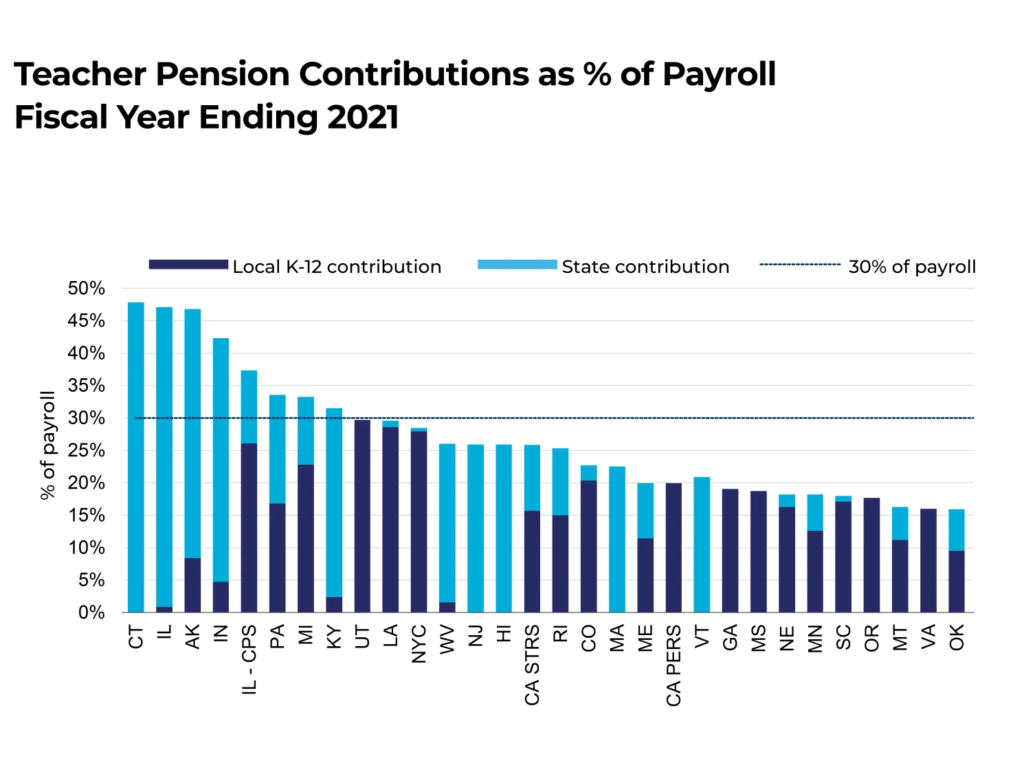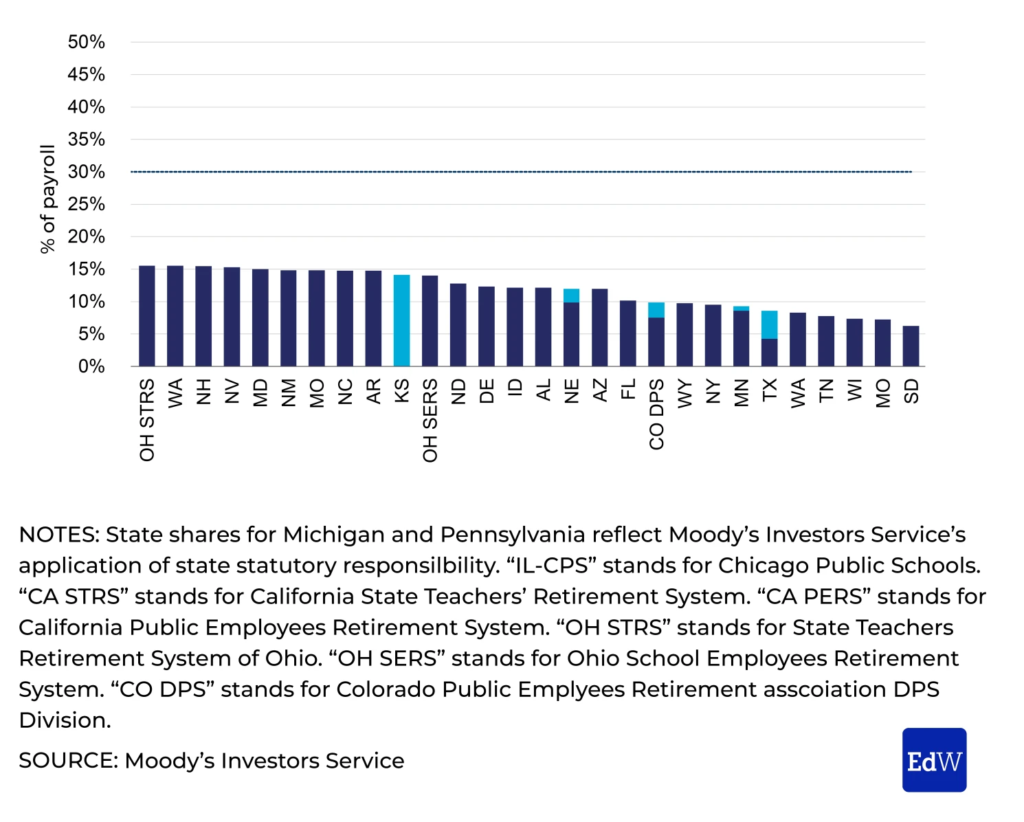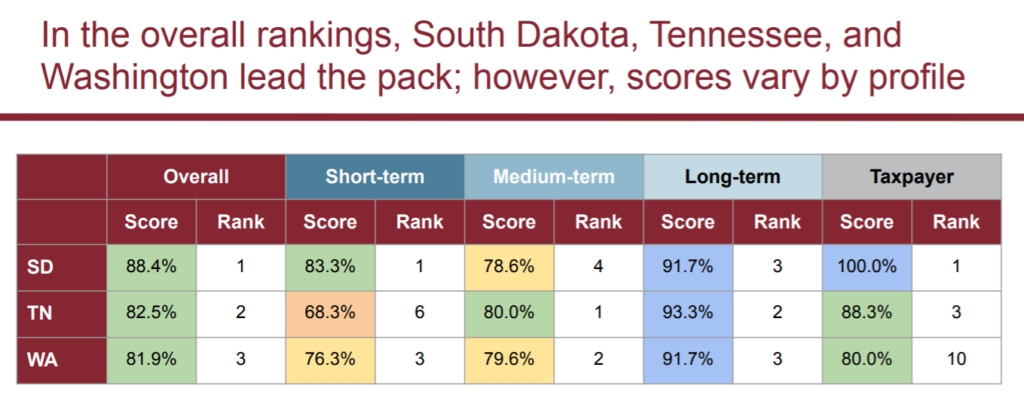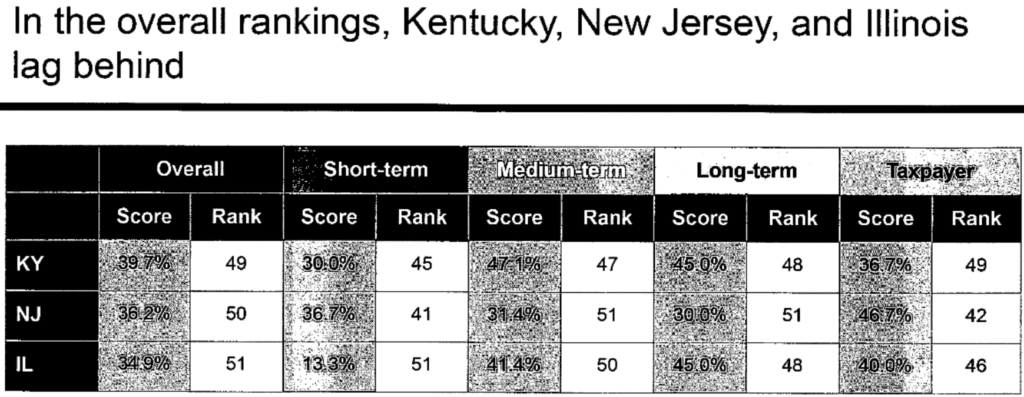Link: https://www.nprillinois.org/statehouse/2021-09-08/one-year-after-teachers-retirement-system-heads-departure-report-details-more-turnover-at-top-1
Excerpt:
One year after the head of Illinois’ largest public employee pension fund resigned due to what the fund has only described at “performance issues,” a recently published report by the state’s chief ethics officer reveals the circumstances behind the departures of two more former high-ranking officials at the pension fund in 2020.
The former chief information officer at the Illinois’ Teachers’ Retirement System repeatedly directed contracts toward the company he founded and also lied about having severed ties with the company, according to a report published last month by Illinois Executive Inspector General Susan Haling. TRS manages the pensions of more than 427,000 current and retired teachers as well as pension beneficiaries.
The report centers on former CIO Jay Singh’s conflicts of interest, but also brings to light the firing of TRS’ former chief financial officer, Jana Bergschneider, who was fired last July as the investigation unfolded. Singh resigned in April of last year, two months after he was interviewed as part of an internal investigation into his conflicts of interest.
….
Bergschneider was terminated from TRS on July 2, 2020 based upon her “work performance and conduct related to the procurement process on the Gemini Project,” the OEIG report said, apparently quoting from a reason given to investigators by the pension fund.
Ingram was placed on administrative leave at the end of that month — a result of the TRS board’s unanimous vote after an investigation into performance issued conducted by Chicago Law firms King and Spalding. He resigned a few days later and TRS remains tight-lipped about the exact reason for Ingram’s departure, calling it a personnel matter.
But Urbanek reiterated to NPR Illinois the same reasoning given every inquiring media outlet in the last year: that Ingram “had difficulties meeting performance metrics in his contract.”
Author(s): Hannah Meisel
Publication Date: 8 September 2021
Publication Site: NPR Illinois





